
Claudia Roca
What is organic social media examples? Every brand looking to kick-start its digital comms strategy needs social media. It is the central pillar from which everything can be built around.
Just think about the number of estimated monthly users on each platform:
Facebook: 2.7 billion
Instagram: 1.6 billion
Youtube: 2 billion
Twitter: 353 million
That’s a lot of people!
With such a large audience beckoning, marketers continuously look at ways to leverage those platforms to build stronger relationships with customers.
Of course, the platforms are keenly aware of this. At the end of the day they are businesses, and advertising is their primary source of revenue. This means if you want to reach your audience, you have to “pay to play”.
However, despite the increasing pressure on brands to invest their advertising dollars - organic social media still plays an essential role in a hybrid strategy.
In this post, I’ll show you exactly how.
What is the Difference Between Organic vs. Paid Social Media
Organic social media refers to all content posted on your social channels (photos, videos, blog posts, etc,) without paid support.
That is to say, using the free tools provided by the platforms themselves. You can still build a community, engage with it, and respond to comments without paying a single penny.
Paid social, on the other hand, includes any advertising actions taken on those platforms (think Facebook, Instagram, and LinkedIn ads.)
Most offer a series of native advertising tools that allow marketers to create targeted ad campaigns for their specific audiences.
How to Promote Your Organization on Social Media (Organic)
Organic social media is typically is responsible for the following 5 key goals:
Generate brand confidence
Connect on a personal level with a brand’s audience
Content virality
Gather client information or feedback
User-generated content
Let’s break down and look at these areas individually - one by one.
Generate Brand Confidence
Sharing insights into the general day-to-day activities of your business, or larger actions, such as closing a deal with a well-known company, are just a couple of examples of how to generate confidence in your brand.
Why?
If an industry leader expresses their desire to work with you, and help them achieve their objectives, potential customers will see that as an unofficial stamp of approval.
Let’s take a look at an example.
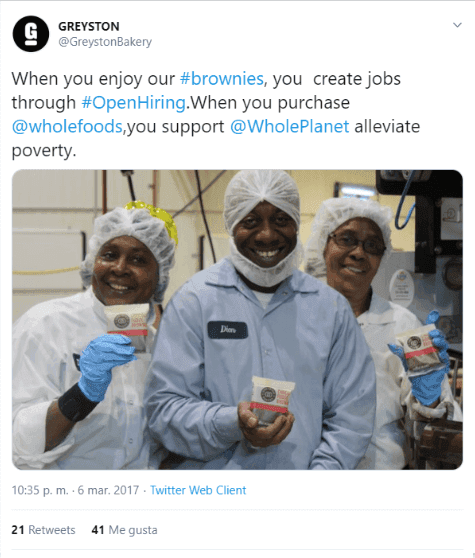
Greyston’s, a commercial bakery in Yonkers, New York, leveraged a partnership with giant wholesalers Whole Foods.
Now, this wasn’t just because the retailer sold their brownies.
The bakery is in fact famous for its “open hiring” mission statement. Anyone, regardless of their past, will be considered for a job opening at the company.
This aligns somewhat with the giant retailer’s own Whole Planet campaign. Seeing the connection, Greyston was able to use Whole Foods brand power to promote its products AND their long-term philanthropic goals.
The bakery also did something similar with Ben and Jerry’s (they supply all the chocolate brownies!) this time using Facebook.
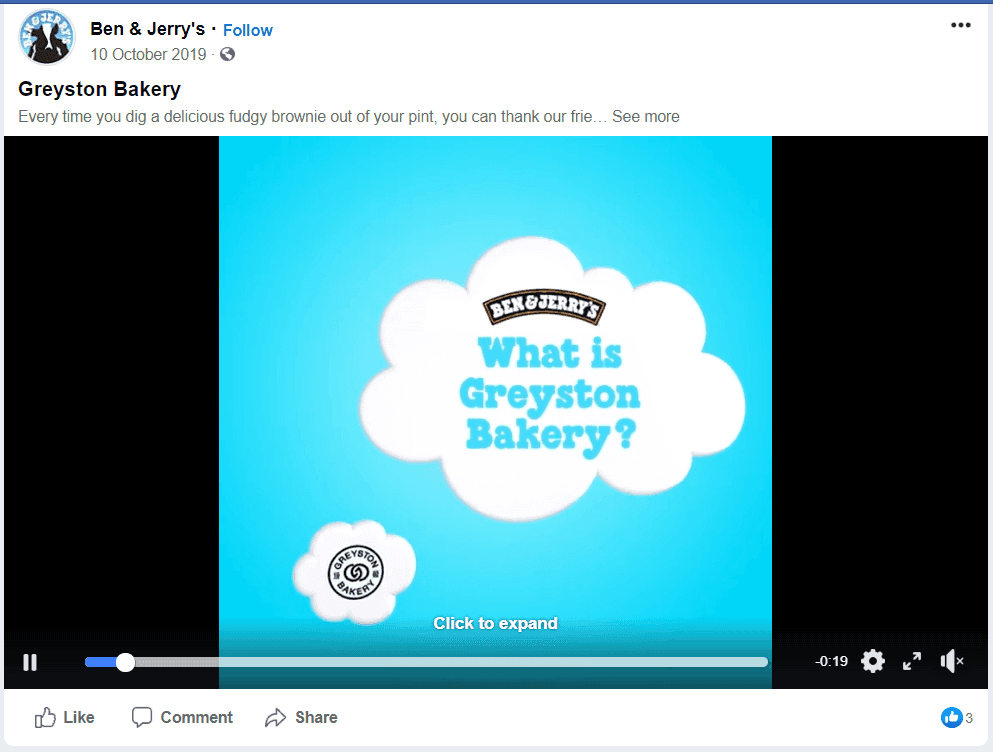
Another tactic to generate brand confidence is to let current customers speak on your behalf.
Sharing their success stories on social media is a great way to bolster brand confidence in your target audience.
Let’s take a look at a couple of examples:
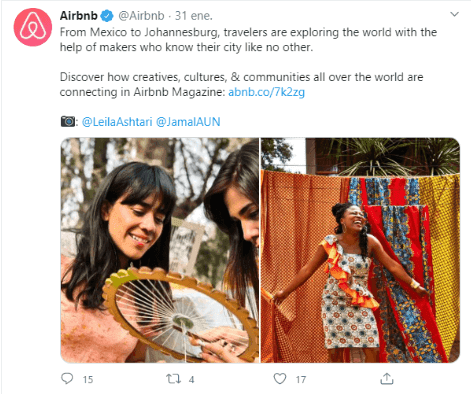
Airbnb does social media pretty well.
Here they demonstrate how their magazine is connecting people from different cultures across the world using customer stories in their magazine.
Here’s another example, this time from the British fintech company, Revolut.
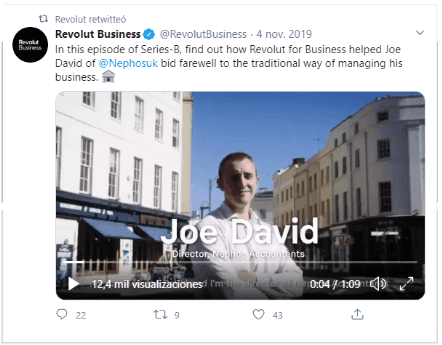
They uploaded a success story of how a business-level customer consolidated their funds under one single account.
If you were debating whether or not to use this particular service, this might be just the type of content to nudge you in the right direction.
Another way to gain your audience's confidence is to demonstrate powerful social proof through a high number of followers.
Although it’s a vanity metric, if a potential customer arrives at your social channel and sees you have more than 50k followers, they’re going to be impressed. It indicates to potential customers that you are a trusted brand.
For example, say you were interested in new SEO software. You’d heard of SEMrush, but didn’t know anybody personally who’d used it.

Just seeing the sheer number of followers they have on LinkedIn (100,813) indicates they’re a trusted brand.
Conversely, if you were to see they have less than 100 followers, your confidence in them would diminish.
Personal Connection With Your Audience
Social media allows brands to connect with their customers on a level not seen before.
To take advantage of that fact, we recommend you take the time to publish content that humanizes your brand. This ensures you come across as transparent, trustworthy, and of course, personal.
During our launch of ThePowerMBA Global, we wanted our community along for the ride. So, we decided to film and post everything we did.
This video was recorded during a webinar we shot with Jenny Fleiss (CEO of Rent the Runway).
It’s not much, but our community’s response was extremely positive. They really enjoyed getting a glimpse of what goes on behind the scenes, as it offers a unique glimpse into the entire process.
Viral Content
Viral content is the holy grail for all community managers.
It’s content (a video, meme, blog post, infographic, etc,) that achieves a high level of awareness due to shares and exposure on social media networks, without paid support.
Because of its “virality”, this type of content reaches far and beyond your owned networks, raising brand awareness in previously unexplored markets.
How to go “viral”
The first thing content marketers need to consider is:
Who is their target audience or buyer persona?
What social channels are they active on?
Naturally, if you want something to be shared continuously by your audience it has to appeal to their interests.
Those interests also often determine which social channels they’ll be active on and indicate where you should focus your efforts.
However, the biggest factor in getting your content to go viral is QUALITY.
If your content is high quality, extremely useful, or generates a positive emotional response with your audience, there’s a high chance it will go viral.
With that being said, let’s have a look at a couple of successful examples:
Tom Dickson, CEO of blender company Blendtec, saw early on that YouTube could be a great marketing tool.
To show the blender's power, he demonstrated to followers that it could blend household items such as golf balls and an Amazon Echo.
The result...
In short, people fell in love with it.
The novelty behind blending everyday household items (something we’ve all wished we could do, right?) resonated with their audience, especially after Blendtec’s idea to open up item suggestions from its followers.
The golf ball video alone received 1.7m views, and their channel became the 34th most subscribed of all time!
They also received national media coverage in the likes of Forbes, NBC, and the Discovery Channel.
Another great example of content virality is from Cards Against Humanity
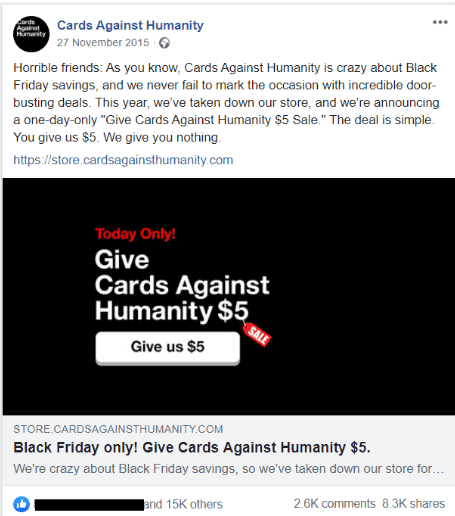
During Black Friday 2015, the company asked people to donate $5 for absolutely no reason whatsoever.
Result
It turns out that their buyers (all 11,248 of them) LIKED it.
This is one of the clearest cases you’ll see about understanding your brand voice and sticking with it. Their campaigns are uniquely their own, and uniquely unapologetic, just like their game, and their audience loves them for it.
They even published how their staff spent their donations (most did go to charity).
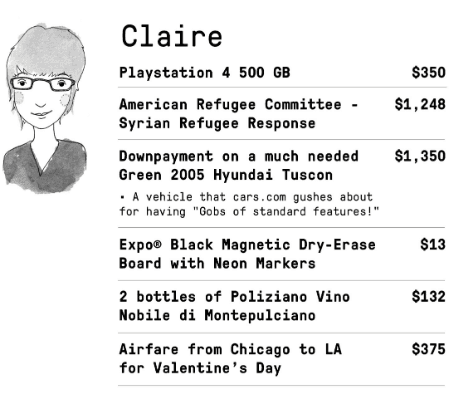
Gathering Customer Feedback
This can be extremely useful. Once you’ve created a community, you can ask them questions about your content, to fill out surveys, and extract relevant feedback about your product/service all on social media.
A good example of a brand doing this well is Fitbit.
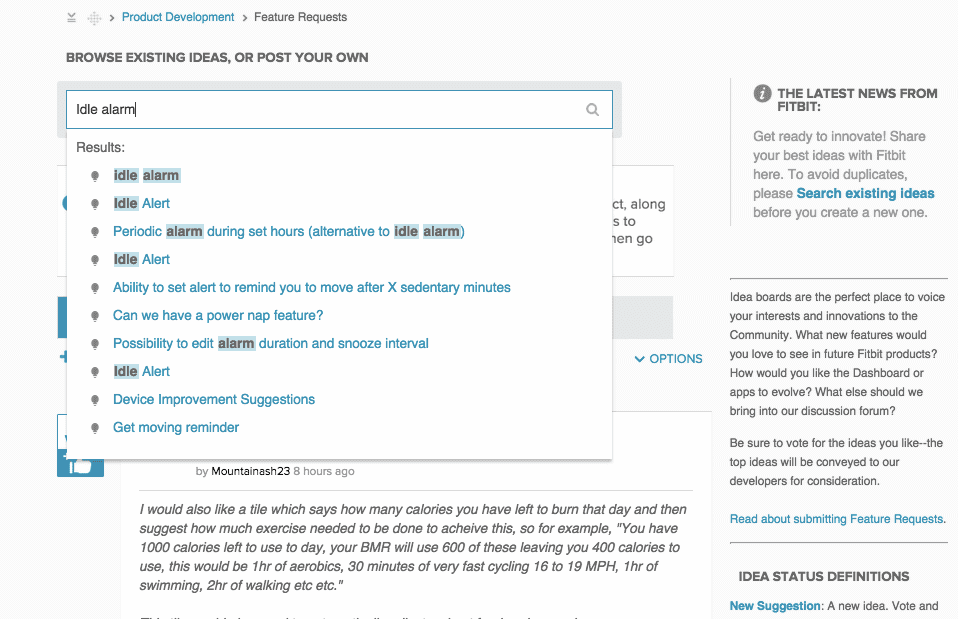
A few years ago, Fitbit created one of the first user surveys to gather feedback about upcoming product releases.
Thanks to this survey there were able to achieve two things:
That their audience engaged with the brand by participating in the survey
Knew which of their products would generate the most buzz within their community
It’s a win-win situation; showing their audience they were genuinely interested in actively incorporating their feedback while ensuring released products will resonate with buyers.
User-Generated Content
This is content produced and sent in by customers that can be repurposed by your brand.
For many companies, Instagram will be the primary channel for user-generated content as customers share photos/videos of themselves using/wearing their products and services with their audience.
It works really well for brands as the content is authentic, creates trust, and eventually drives sales.
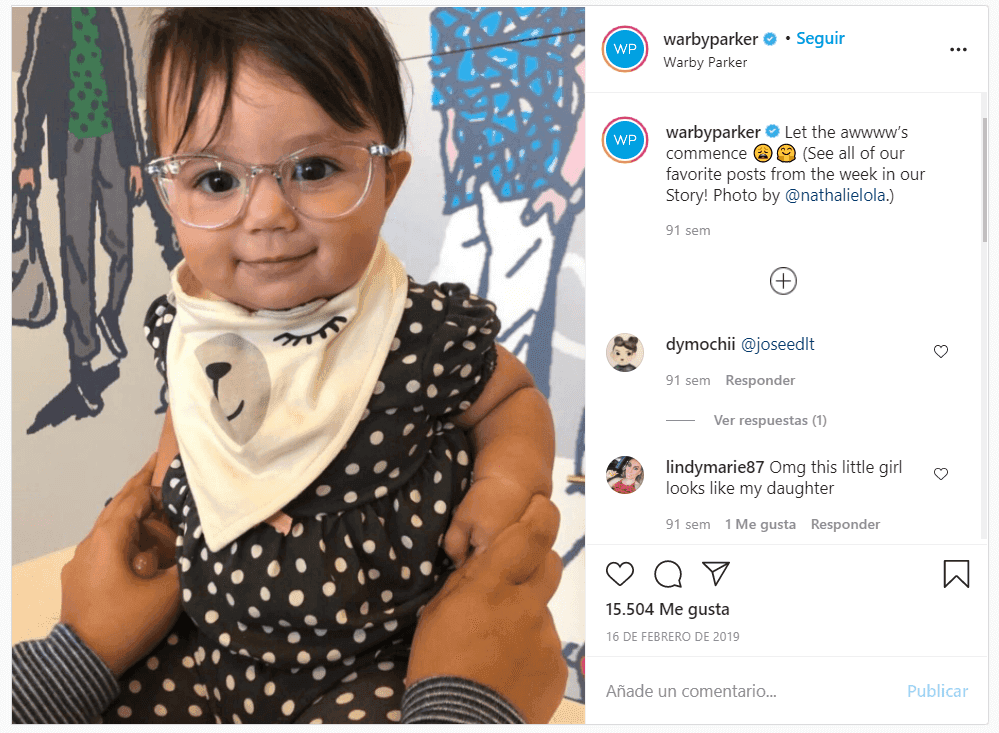
Prescription eyewear and sunglasses brand, Warby Parker, posted this picture of a customer’s baby wearing a pair of their glasses.
It’s one of the cutest things you’ll ever see, and as such, generated over 15,000 likes.
If this photo had been staged, do you think it would have been as successful?
Probably not.
Social Media Community Managers
Community managers are responsible for managing your social channels and, of course, growing an online community.
To ensure you get the most out of your social channels it’s important community managers create and stick to an editorial calendar.
This document ensures the rest of the marketing team is up to speed with what’s being posted, as well as allowing for better alignment across planned campaigns/activities.
Companies that fail to hire a community manager almost always make the same mistakes
When you take a look at the content posted on their social media channels, you’ll often see it lacks any particular focus, objective, or planning behind it.
They mistakenly believe that simply posting content and being “active” on that channel is sufficient enough.
But in doing so many businesses are missing out on the strategic potential these communication channels possess.
Common Mistakes
It’s also important to note that hiring a community manager (while definitely a positive step in the right direction!) doesn’t mean mistakes aren’t still made.
Let’s have a look at a couple of the most common mistakes we see.
A disconnect between marketing and social media
This is something we found at a lot of companies we’ve worked with: the marketing and social media teams are completely separated from one another.
Many believe the team’s functions are different. Marketing is dedicated to bringing in leads, web traffic, and analyzing weak points in the funnel.
However, social media is more interested in building out and growing a supportive community for the brand.
This has nothing to do with sales and marketing, right?
Wrong!
If you want to execute a successful digital marketing strategy then both teams need to focus on sales metrics.
Every planned action should have this end goal in mind.
Unsure how to measure success
Many businesses don’t ask their social media teams to “improve” their sales metrics.
They simply ask that they upload a certain number of posts, increase the number of account followers, and the engagement rate with content.
You need to move away from this idea thinking.
When community managers are not incorporated into the overall digital strategy, social networks simply serve as communication channels and you’re missing out on a ton of sales potential they hold.
Key Metrics
To understand whether or not your social networks are performing well, you’ll need to be able to measure success in each channel.
There are a lot of metrics out there you could measure, with many platforms offering their own array of measurement data, but these are what we consider key when combined with your overall digital strategy:
Number of followers
Channel growth rate
Engagement
Reach
Followers
This is a metric familiar to all community managers (especially those with little knowledge of digital marketing).
Is the number of followers important? Yes, it is. As we explained earlier it serves as social proof for new visitors to your channel.
Is it the most important standalone metric? No, without context it can be extremely misleading.
For example, imagine your Facebook account has 30k followers...
But do these 30k followers interact with your content? Are they genuinely interested in your product or service? Do they like your brand? Or are they simply there because you organized a Facebook giveaway sometime back…?
Quality is just as important as quantity.
Channel growth rate
Another important metric to monitor is your channels’ growth rate. If, for example, you had 500 followers in January and by April you had organically grown the community to over 5k, then you’re obviously doing something right.
It’s likely you’re uploading quality content that’s resonating with your audience.
Brands that do so see their efforts pay dividends in the long run.
While you may not see immediate returns make sure to stick with it. Social media can be a slow-burning channel that requires patience, producing high-quality content, testing different content types, whether or not to run a giveaway, etc,.
If you want immediate growth then perhaps investing in paid would be a better approach to achieving your goals.
Engagement
This is without doubt the most important metric in social media. As we mentioned before, having a large audience is great but having one that regularly likes, comments, and shares your content is infinitely better.
Having thousands of followers but only a few that actively participate with your brand is a red flag.
It suggests the audience is either bought, or that they’re not interested in your brand, product, or service.
Reach
Reach refers to the number of potential people who could see your content.
It’s important to know that despite having say, 70k followers, some of your publications are only going to reach maybe 3k.
Reach almost always depends on engagement. The more people that like, comment, and share your content the higher the reach.
If you publish content on LinkedIn and immediately generate buzz within your community, LinkedIn will reward you.
If there’s something that all social networks have in common it’s that they all want you to publish high-quality content.
LinkedIn’s algorithm detects a content’s popularity and automatically serves this up to a wider audience.
So if you’re able to generate buzz and engagement the reach of your content will increase and more importantly attract more attention.
We hope we’ve made it clear that quality trumps quantity every time!
Jun 26, 2023








